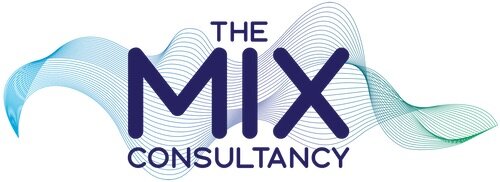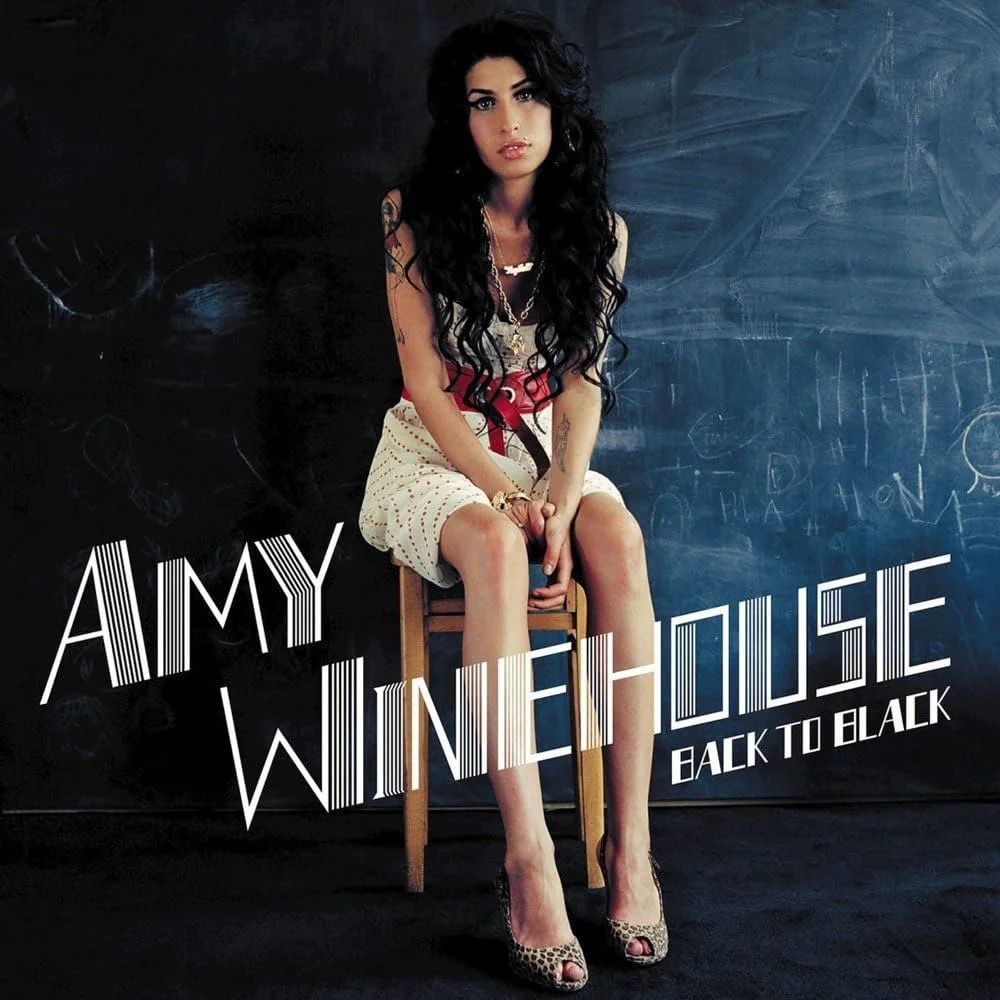3 Ways Multiband Makes You Look More Professional
If you’re looking to grow your business as a producer or mixer then the most important thing you can do is make great music. Incredible sounding mixes, powerful productions – these are your calling cards for future work. But you knew this already, and you’re probably working hard on it every time you turn on your DAW. The thing is, there are a lot of details that also need to be working in your favour for you to take a step up. I’ll give an example of a big hit album that I worked on, and why I think it worked.
To start with I’ll have to give you an unfortunate truth. I have worked on loads of really great records that you’ve never heard. This is true of anyone who’s worked in the music industry for any amount of time. There are so many amazing songs and albums that simply don’t find their audience – whether they are on a major label, a small indie or self-released. Obviously the bigger the budget the greater the chance of getting your music to the right ears, but most of the time it doesn’t actually work, and the record goes nowhere - even on major labels. The reason I think this happens so often is that everyone and everything at every stage of a record’s production and release has to be killing it.
Oh yes, I was going to give you an example. I was the recording engineer for a lot of the Amy Winehouse ‘Back To Black’ album. Now the songs were great, and Amy was incredible, but if you look back at the rest of the people involved in the record you can see how strong it was at every step. I’m too modest to say much about the recording of it, but the producer was Mark Ronson. It was only (I think) the third time he’d produced a record other than his own, so he was fairly new to it, but now after so many hits is generally referred to as a ‘super-producer’. It was mixed by Tom Elmhirst who won a Grammy for it, but that pales in comparison to the 15 more Grammys he’s won since. The mastering engineer was Stuart Hawkes who is now a cornerstone of Metropolis Mastering in London, which can only really count Abbey Road Mastering as a rival. And finally, it was one of the first records that Darcus Beese A&R’ed and he went on to become the President and CEO of Island Records. At every step, that album was handled by someone who was ambitious, talented, and hard working. Without all of those pieces of the puzzle I’m not sure it would have been able to have the impact it had.
So how does this help us? Especially if we are working on our own and don’t have an ambitious A&R fighting our corner, or a future ‘super-producer’ arranging our songs with us. Well, we can look at what we can control, and make sure we are doing the best we can there. One of the things that I noticed throughout my career that had a big effect on how long people stayed in the music business was professionalism. If the information you have on the industry comes from a Mötley Crüe documentary, then you’ve definitely got the wrong impression. Successful people in the music industry show up on time, focus, and put everything they have into their work. Several times I’ve worked with new bands and been able to identify who would go on to have a solo career after the band inevitably fell apart. They’re really easy to spot – they’re the ones concentrating when no-one else is. They’re the ones putting in the effort and being professional. So far, I’ve been right with every prediction.
So, going back to the title of this post, if we are trying to look more professional to our clients, how can Multiband help? Well, I think it helps in three ways…
1. If you add someone that you’re working with to your Multiband session you immediately demonstrate that you are taking your business seriously. Instead of spreading updates and comments haphazardly over email, WhatsApp, Soundcloud etc, you’re keeping everything together and – as Multiband is quite new and it might be the first time your client has been on it – proving that you’re more organised than anyone they’ve worked with before.
2. The auto-update feature (the app emails your collaborators to tell them there’s been an update on their project) means you never forget to keep everyone up to speed with whatever you’re working on. Of course they can go on Mulitband themselves and check any time, but effortlessly keeping everyone updated means never having to answer difficult questions about what’s been done on a project and what hasn’t.
3. Multiband looks after the organisation of your project and your collaborators, so you have more time for what you actually want to be doing – creating incredible sounding mixes and powerful productions. Ultimately, freeing you up for this is the most powerful part of using Multiband – it allows you more time to make your best work.
It's only one part of a complicated puzzle, but professionalism is fully in your control, and a powerful tool for success. If you can be the first person to introduce your clients to Multiband then you’ve definitely got a head start on everyone else they’ve worked with.



